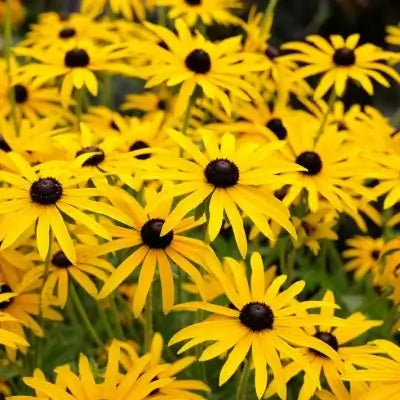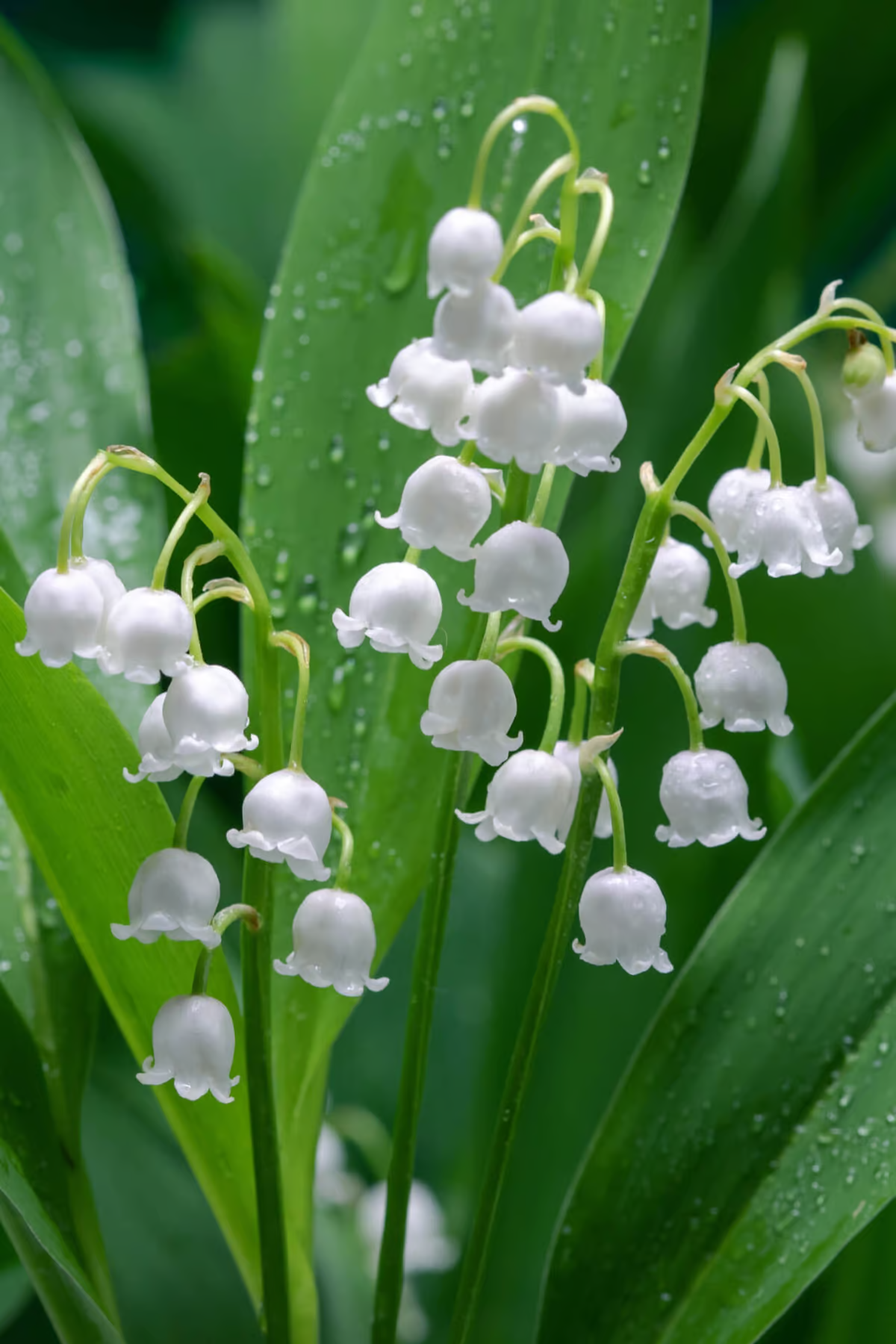
Perennials
Low-maintenance perennial plant
Resilient and hardy growth
Elegant white, bell-shaped flowers
Thrives in
ZONE 2ZONE 3ZONE 4ZONE 5ZONE 6ZONE 7ZONE 8ZONE 9Planting Season:
Year-RoundWhen you add one plant to cart, it automatically adds the second one free on Bogo deals.
Lily Of The Valley is a delicate perennial plant with nodding, bell-shaped white flowers and fragrant, sword-shaped leaves. It creates a charming ground cover in shaded garden areas and offers various benefits when integrated into landscaping designs. Its graceful appearance, sweet fragrance, adaptability, and contributions to outdoor spaces' visual and sensory aspects make it a prized addition to gardens.
It is a classic. It is associated with purity, virtue, humility, and compassion. The proper scientific name is Convallaria majalishe, and the plant is related to good fortune, joy, hopefulness, happiness, prosperity, and blessings. The herbaceous perennials begin to bloom in mid-May and continue to maintain a delightfully fragrant display until summer officially arrives in mid-June.
With its exquisitely tiny bell-shaped, ornamental flowers, the shrub has a low-key and understated beauty. Rather than a profuse explosion of showy blossoms, these plants have a quietly powerful presence. They can grow almost anywhere, whether in a valley or not. Slim curving stems give expression to glossy, deep green leaves that gently cradle sweet clusters of delicate, refined flowers. Each bell-shaped blossom hangs from a stem like a precious ornament, while the captivating scent delights the senses.
They are associated with May Day. They symbolize a beautiful awakening after a long winter of darkness and hardship. The airy little flowers refresh the weary soul and promise a return to happiness and new hope. When the pretty white bells burst into view, they remind us that warm summers always follow dark winters with their alluring fragrance.
When the alluring fragrance of them was converted to perfume and cologne in 1954, it inspired a line of products. Then, in 1956, Dior marketed it under the name Diorissimo. It was an instant hit for men and women alike.
It can produce a thick carpet of ground cover while filling the air with a captivating scent. The deep green leaves make fabulous bouquets and cut flowers. With their curving stems, the plants can produce up to 12 tiny flowers with up to six tiny petals. The clusters are often included in bridal bouquets. Some bouquets consist entirely of them. The engaging blooms make a lovely statement when used to adorn wrapped gifts for weddings and showers.
It grows in partially shaded to shaded areas in well-drained soil. They prefer a cool, moist area, which makes it suitable for woodland gardens or shaded borders.
Lily of the Valley has a unique fragrance; it is sweet and fresh with some hint of citrus. This is commonly used in perfumes and is well appreciated for its relaxing and mood-boosting features.

Bloom Season
Spring
Bloom/Foliage Color
White
Height at Maturity
Under 12"
Care
Lily of the Valley thrives in well-drained, moist soil. Keep the soil damp, mulch around the plants, and regularly remove spent flowers and dead leaves. Be careful, as all the plant's elements are toxic if ingested.
Plant Reproduction
Lily Of The Valley spreads quickly by underground stems called rhizomes and seeds.
Planting bare-root perennials is best in any season if they are dormant; we only sell dormant plants. Planting them year-round is also excellent if you can get dormant perennials. When your bare-root perennials arrive, soak the roots in water for a few hours to rehydrate them. Lant by digging a hole wide enough to spread the roots comfortably and deep enough to place the top portion crown (where the roots meet the stem) at or slightly above ground level. Position the plant in the hole, backfill with native soil, and gently firm the soil around the roots—water well after planting to settle the soil around the plant and eliminate air. Apply a 2-3 inch layer of mulch to keep weeds at bay and moisture locked in, keeping the mulch away from the crown. Irrigate plants regularly during the first few weeks of drought; never water in full sun, and water late in the evenings to ensure the roots are established well. Fertilize sparingly in the first year, using a balanced, slow-release fertilizer in subsequent years as needed.
Shipping date depends on the date displayed and chosen when you order from the product's page.
We only accept returns on plants verified dead. If you think your plants have died, we offer a 1 year warranty, please use use this File a Claim Link to verify dead plants and start with return warranty process.




Charming Fragrance:
Lily of the Valley emits a sweet, enchanting scent that adds a lovely aroma to any garden or indoor space.
Seasonal Appeal:
Blooming in early spring, Lily of the Valley provides a delightful burst of color and fragrance at the start of the growing season.
Beautiful Blooms:
Lily of the Valley features delicate, bell-shaped white flowers that add a classic and enchanting touch to shaded areas.
Compact Growth:
With their low, spreading habit, Lily of the Valley is perfect for ground cover or filling in gaps in garden beds.
Caring Tips
Each box contains detailed care instructions and information about your product. But here's the basics.
Care Tips
Lily of the Valley thrives in well-drained, moist soil. Keep the soil damp, mulch around the plants, and regularly remove spent flowers and dead leaves. Be careful, as all the plant's elements are toxic if ingested.
Light Requirements
Lily of the Valley flourishes best in partial to full shade and prefers more excellent, moist conditions. It can tolerate dappled sunlight but does not do well in full sun. Plant it in an area with filtered light or morning sun and afternoon shade for optimal results.
Hardy Planting Zones
2 • 3 • 4 • 5 • 6 • 7 • 8 • 9
How often should I water my plants?
How do I know if my plant is getting too much or too little sunlight?
What should I do to prepare my plants for winter?
What are the signs that my plant needs fertilizing?
How can I prevent pests from damaging my plants?
How do I choose the right plant for my climate zone?